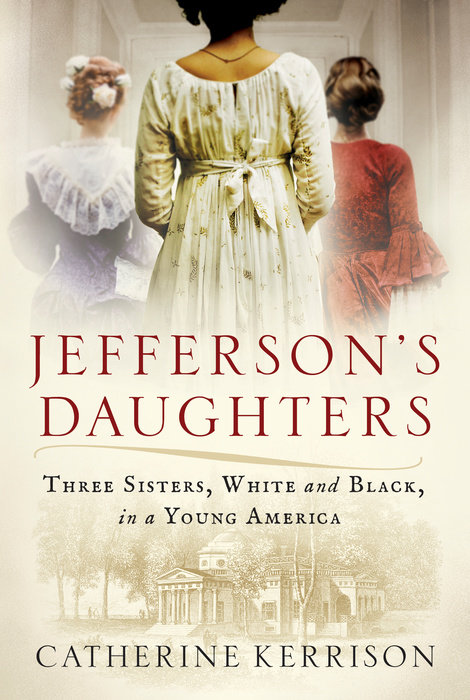It’s time to recognize Sally Hemings as a first lady of the United StatesPosted in Articles, Biography, History, Media Archive, Slavery, United States, Virginia, Women on 2019-01-05 01:31Z by Steven |
It’s time to recognize Sally Hemings as a first lady of the United States
The Los Angeles Times
2019-01-04
Evelia Jones
A man reads a plaque about Sally Hemings at Monticello, Thomas Jefferson’s estate in Charlottesville, Va., on Saturday, June 16, 2018. (Steve Ruark / Associated Press) |
It is now widely understood that my ancestor Sally Hemings, an enslaved black woman, was the intimate companion of Thomas Jefferson for nearly four decades.
Monticello, the Virginia plantation operated as a museum by the Thomas Jefferson Foundation, acknowledged as much with a new exhibit last year: Hemings’ living quarters. The exhibit presents as fact that Hemings gave birth to at least six of Jefferson’s children.
Much about their relationship remains lost to history. We know that Hemings was Jefferson’s property, and that in America she did not have the right to refuse sexual advances from her owner. We also know that Hemings was able to negotiate freedom for her children and “extraordinary privileges” for herself, and that she occupied a central place in Jefferson’s life…
Read the entire article here.


